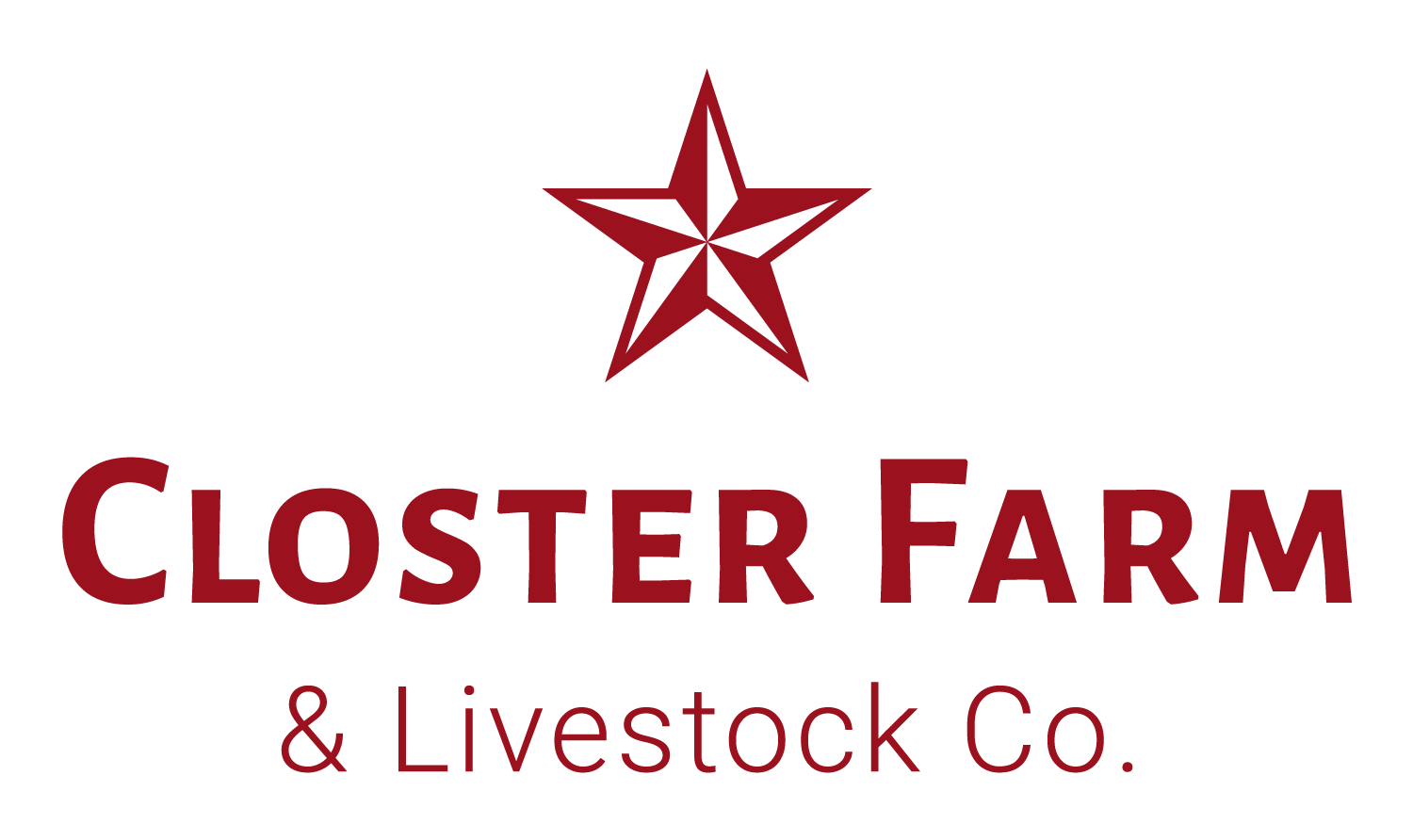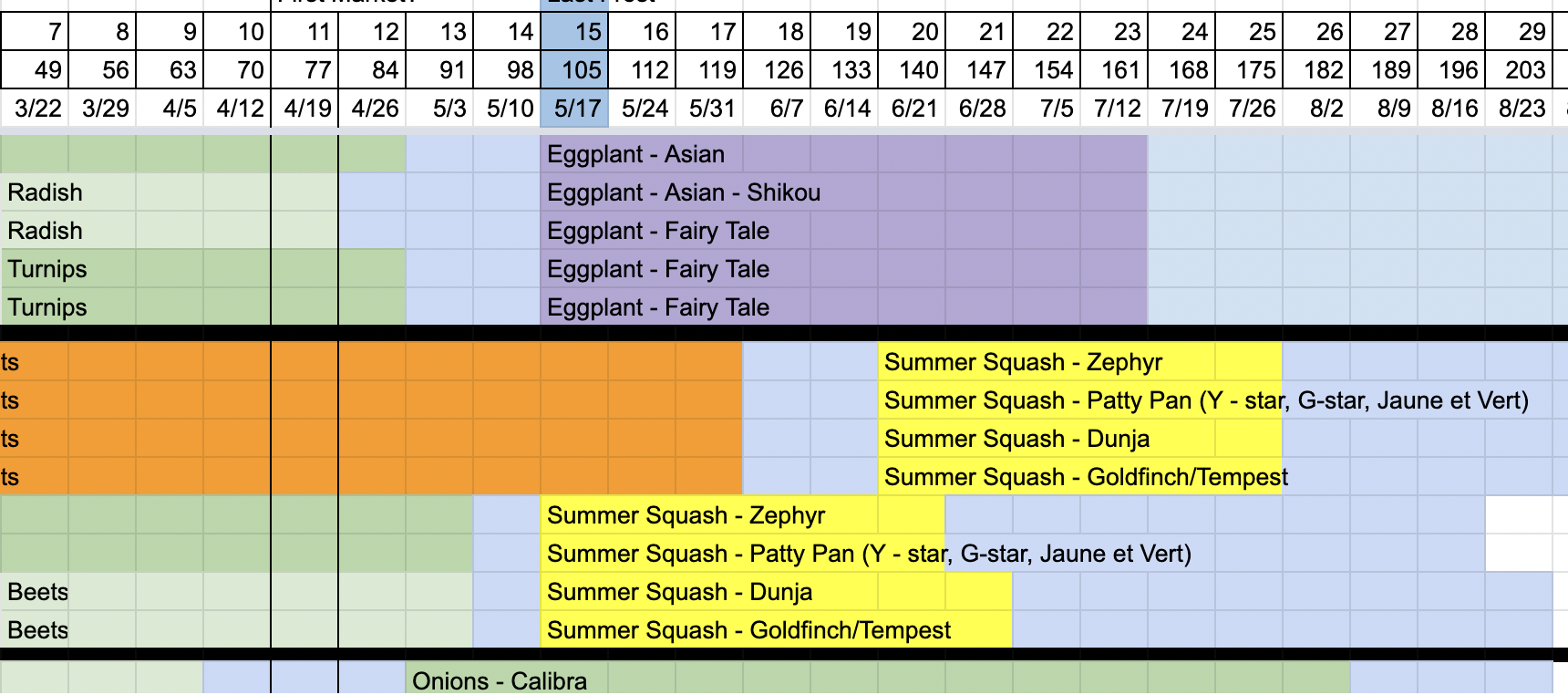Timing the Spring
Growing food takes a ton of planning and a lot of guess work in a new area. We started farming at 681 Closter Dock Rd. in 2020. If you remember, here in Northern New Jersey (Bergen County), we had a very warm Winter in 2020 (70 degree days in February!) and virtually no snow to speak of. This year, Closter and the surrounding towns faced a bit more snow and colder temperatures (~4 feet total with constant night time temperatures in the mid-low 20’s).
So how does that impact our planning and growing strategies?
As you learn your fields, and your particular microclimate, by taking notes year after year, you can start to dial in when the major weather events will take place, when it will be warm enough to start particular crops, when you can rely on the ground to be clear of snow, and when you can tell your Farm Share members that you’ll be ready for market.
But, we started this little farm venture only one year ago and there are no historical notes of the conditions on the ground in our little corner of Closter. Sure, we can read historical averages on NOAA and talk to other farmers and neighbors. But where the water will sit, how wet our soil will be, and how long the sun will sit above our fields unperturbed by the gorgeous tree canopies we have surrounding us, are quite particular to our farm and our farm alone. This is not a trial we face alone, and we shouldn’t make it out to seem like it is an impossible hill to climb—it’s just farming.
Then where does a farmer start to plan?
Usually we start with the big hitters: tomatoes, peppers, eggplants, cucumbers, summer squash, and anything else that takes longer than ~45 days to maturity (DTM). This way, we can put all of these crops in the prime time slots and (to an extent) ensure they will have a better chance of producing right when we want them to. Then we fill in the gaps with crops that don’t take so long to grow: lettuces, arugula, spinach, turnips, radishes, beets, and so on.
But another part of this puzzle is the space. Each row in the plan pictured above is a row in the field; each column is a week of time. Our farming philosophy and pest management system is based around the concept of rotations. The orange section leading up to the summer squash are carrots, and below them beets. By rotating which crop families are in a given bed within a growing season and between seasons, we can reduce the number of pests we have to face by constantly making the pests search for their preferred crops. We also earn the benefit of improved soil health because we aren’t over taxing our soil month after month, year after year with the same crop.
So we move crop families around the farm each year and that means we don’t just get to stick them back where they were last year. Each year, needs a slightly different plan. Once we have farmed here for a few years, we’ll have a much better sense of the conditions, the soil’s qualities, and the timing of it all. Finding that rhythm will simplify our yearly planning and we will be able to rely on our regenerative methods to keep pushing this land in the best direction possible.
Another factor is our Bergen County community. We are not a commodity farm, we’re a bio-diverse (that’s the fancy way of saying we grow lots of different things), regenerative, Certified Organic farm. And we serve an educated and engaged populace who want high quality products that are good for their families and their broader community. But they also want diversity. So when we plan, we need to make sure that carrots which take about 60 days, radishes (nearly 30 days), arugula (about 28 days) and scallions (70 days) are all ready to harvest at the same time.
Would it be simpler to just grow corn or just tomatoes. Sure. But it certainly wouldn’t be as good for our soil, our community, and our bellies. And definitely would not be as fun. Growing a literal salad bowl of crops is one of the best parts of Closter Farm and even if we need to scratch our heads a little longer to figure out how to make it work, it will always be worth it!
In 2021 we are growing on about 5x the space as we started with in 2020. We also have 2x the number of high tunnels, a lot more information than we did last year, and a really amazing infrastructure system in place. But we also have a lot more snow on the ground than we did last year and it’s nearly 20 degrees colder…
That’s farming. Each year we’ll learn more, be able to make more educated decisions and have better systems in place to back us up when we decide incorrectly. For now, we’re enjoying the temporal-spatial juggle of Winter crop planning!

